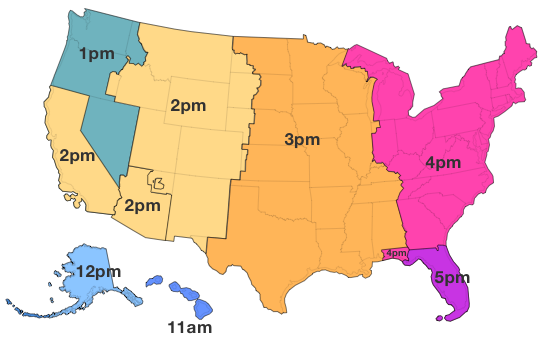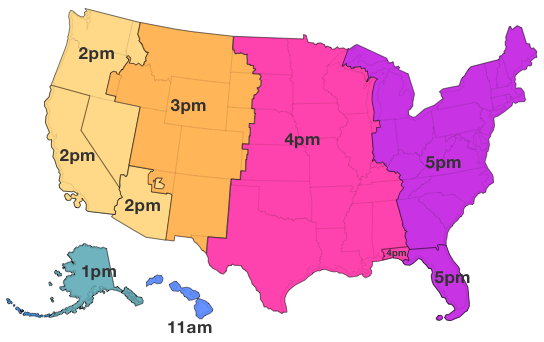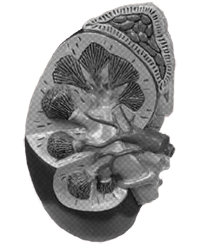See more online at www.bythebay.cool
⚠️ This site shows what By The Bay looked like in November 2018. By The Bay is no longer running, and features on this site may not work as originally intended.
Prop 7 helps make Daylight Saving year-round
Published on 10/12/18, 10:00 AM
If this passes, Congress still needs to approve it.
Is this really possible?
Okay, there are a few caveats. If Prop 7 passes, CA can change Daylight Saving Time (DST), as long as the legislature gives it a two-thirds vote and Congress says "Fine, whatever." Currently, the national Uniform Time Act of 1966 allows states to follow DST exactly (you know – "Spring forward, November back" – something like that), or opt-out (like AZ and HI). If we want to move to DST year-round, which is what Prop 7 is implicitly asking, CA needs Congress to amend federal law.
Comments • Mark your vote, write a note, and share it with friends.
Sign upWhat is this?
Imagine if we were on DST all year
Let's pretend Prop 7 passes, the state legislature moves California to DST permanently, and Congress approves it. Here's what would happen:
California would be 2 or 3 hours off from New York


Left: During the months when other states don't observe DST (November – March), CA would be one hour ahead of Pacific time. Right: When other states do observe DST (March – November), CA would be in line with Pacific time.
Even though we wouldn’t have to switch our clocks twice a year, most other states still would. Coincidentally, if Congress allowed us to make DST permanent, CA would be on the same time as AZ, all the time. FL actually passed legislation to move to permanent DST, which means we'd always be three hours from Florida Man
Sunrise and sunset times in San Francisco
Feb 12
January
December
DST
Explore how Daylight Saving Time affects sunrise and sunset time throughout the year, and what it would look like if we switched to year-round Daylight Saving.
Brighter mornings or longer afternoons?
If we moved to DST year-round, the difference would be most noticeable during the winter. On Xmas Day in SF, for instance, the sun would rise at 8:23am rather than 7:23am. Prop 7 critics argue that children would be going to school in the dark and traffic accidents during morning rush hour would worsen in the winter.
On the bright side, the earliest the sun would set is 5:50pm rather than 4:50pm. Prop 7 supporters say later sunsets would result in electricity savings, reduced traffic accidents, and less crime. Apparently, less clock switching also reduces heart attacks the day after.
Some people simply want brighter mornings; others want longer afternoons. Luckily, everyone has an opinion.
On the bright side, the earliest the sun would set is 5:50pm rather than 4:50pm. Prop 7 supporters say later sunsets would result in electricity savings, reduced traffic accidents, and less crime. Apparently, less clock switching also reduces heart attacks the day after.
Some people simply want brighter mornings; others want longer afternoons. Luckily, everyone has an opinion.
Would this be a first?
Naw, the US moved to permanent Daylight Saving Time thrice in the past, all in an effort to save energy. The first instance was during WWI (Congress repealed it soon after), the second was in WWII, and the third was during the oil embargo from 1973-75. In the third case, the government studied its effects and found mixed or inconclusive data.
Campaign finance graphic brought to you by KQED and Voter's Edge.
More reading
See more at www.bythebay.cool
Local politics drives our daily life. We strive to be nonpartisan and present all perspectives fairly, so please send us a note via email or text with any corrections, concerns, or questions.
Pretty much all rights reserved © By The Bay 2018
Pretty much all rights reserved © By The Bay 2018

